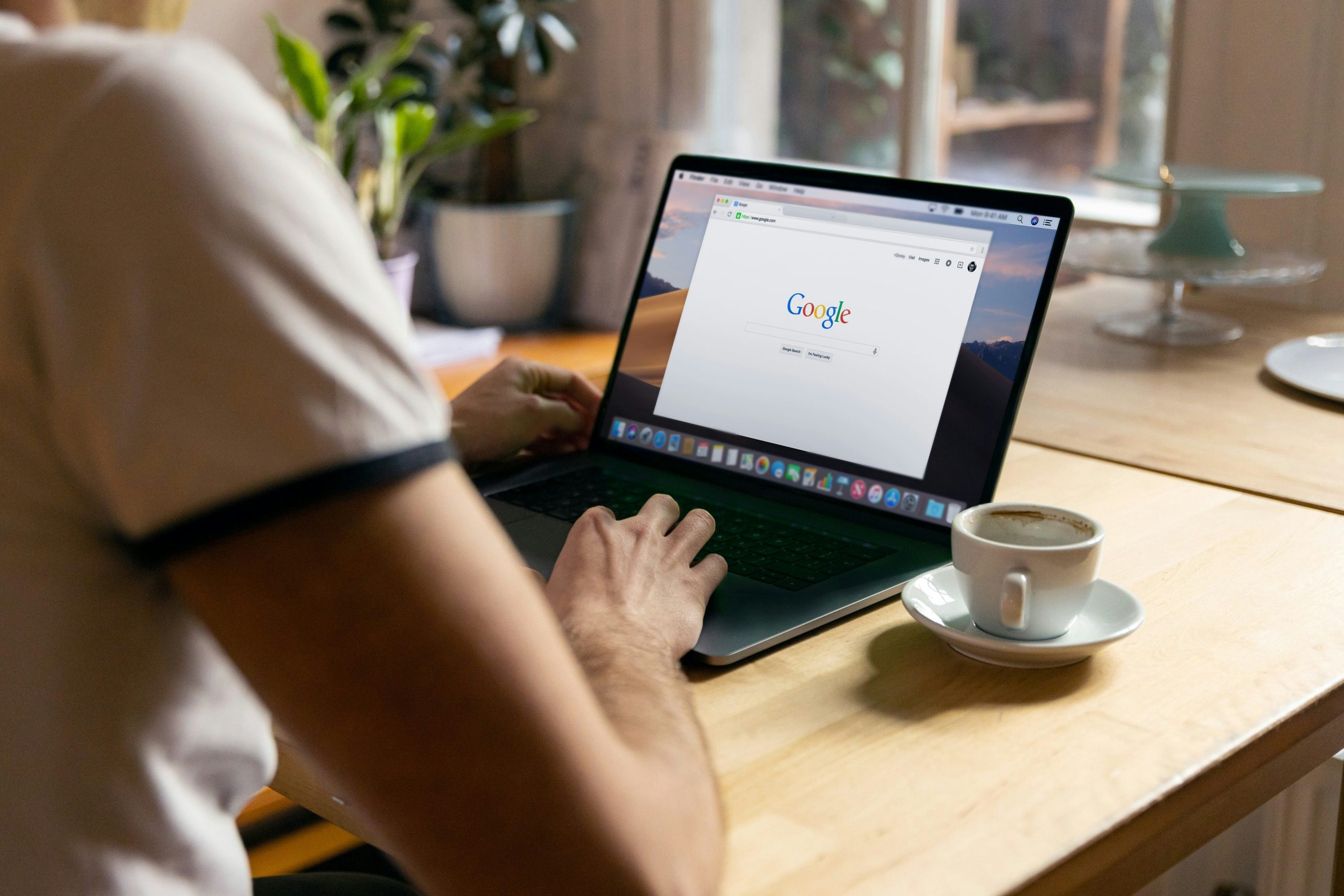Google My Business, now Google Business Profile, is a free marketing tool offered by Google. When you set up a profile, Google publishes the location, photos, services, and products of your business, increasing your visibility to potential customers.
You need a Google account to use the profile service. Don’t use your personal account because you might need to give others access to it later.

Business name and contact information
After you sign in, Google will ask you for your business name. You’re eligible for the service if you have a physical location, sell directly to customers online, or provide an in-person service. Choose all the options that apply. If your business is only online, Google will ask you for your site.
You’ll need to enter your country for both physical and online businesses. This is the main country where you do business. Google might ask you to position a marker for the location on a map.
For contact info, you can add a phone number, a website, or both. These will be visible on your profile. You won’t be verified without information about a physical location. If you don’t have one, you must provide your mailing address.
How to optimize your profile
Now that you’ve registered, you need to add some details to make the most out of Google’s profile service. These include custom Google maps, business hours, a chat for people to send direct messages from Google search, a description of your business, and photos.
You don’t need special software for a custom map. Just add your directions, shapes, and points to Google Maps. To do this, you must use Google Maps on your desktop.
Google determines rankings based on distance, relevance, and prominence. The distance of your location from the user and the extent to which your profile matches search intent are essential. In addition, it matters if your business is well-known, which includes your review score and the number of reviews you have.
Special features
Some types of businesses have access to special features. For example, hotels can display their stars, onsite amenities, sustainability information, a direct booking link, and check-in and check-out times. Bars and restaurants can upload photos of their dishes, menus, and even QR code menu. They can accept online orders and reservations directly from Google search.
Include keywords
To find out what keywords to include, check Google Trends to see if any keyword searches apply to your business. You can try TikTok Keyword Search if you’re catering to a younger crowd. The keywords potential customers are already using to find you are a good place to start. You can get these for free from Google Analytics reports.
Don’t go overboard with keywords as it will have the opposite effect on your ranking. Include them in your Google Profile naturally.

Add labels and custom descriptions
Labels communicate essential details about your business, like if people have to book an appointment to be served. You can share information about free Wi-Fi, wheelchair access, or outdoor seating, or if the business is women-owned or LGBT-friendly. You can edit labels under Edit Profile in your dashboard. They are in the More section.
Your custom description will appear in Google Search, Google Maps, and other Google services. It can be up to 750 words long and display anything unique about your business. If you choose to add one, it should go beyond what your business does.
Keep your info current
Edit your profile if you get a new number, your business hours change, etc. Create a post for one of your pages rather than editing the profile directly for special or temporary updates.
